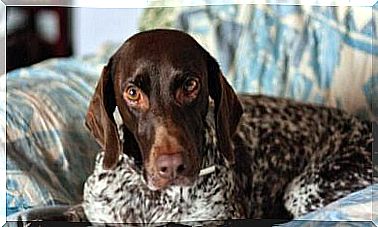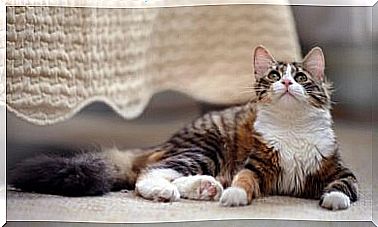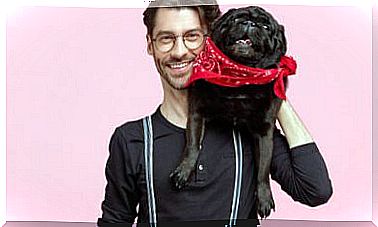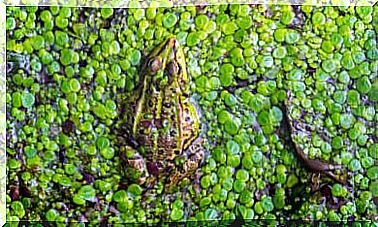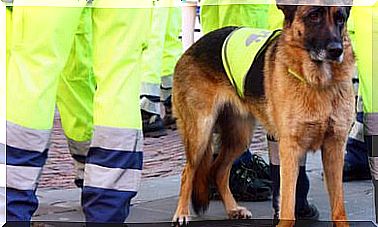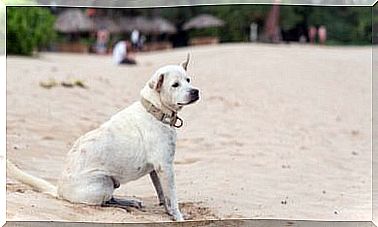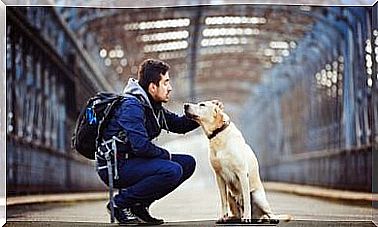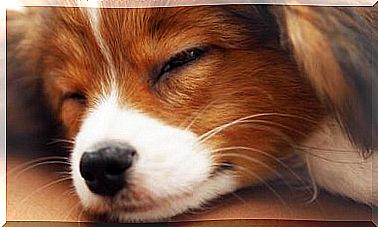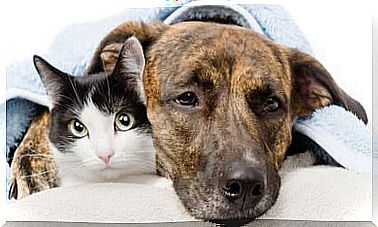Get To Know The Spitz – Great Dogs!
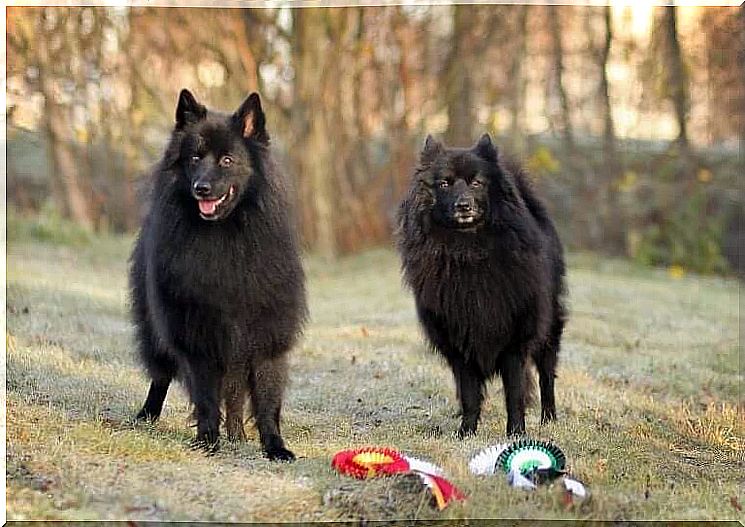
With its pointy ears, curled tail and attractive fur, the Spitz is very attractive. In today’s article you can learn more about this group of dogs whose resemblance to wolves cannot be denied.
General characteristics of the Spitz
According to the Fédération Cynologique Internationale (FCI for short), the Spitz comes from Germany and is a direct descendant of the wolf. All breeds in this group of dogs are similar. The only differences are in size and coat color.
It should be emphasized that the Spitz has an elongated snout, black eyes and nose, and triangular, standing ears. The fur consists of two layers, an inner and an outer, and the tail is curled up, resting on its back.
As for their behavior, these dogs are cheerful, dynamic, and very attached to their caregivers. They get along well with other pets and children. They bark a lot, which is why they protect the house, but they are not guard dogs.
Different breeds of Spitz
There are particularly popular breeds in the Spitz family. It should be noted, however, that the group is divided into three classes: European, Asian and Nordic. Some Spitz breeds are:
1. The German Großspitz
You could say that he is the father of all lace because the other races are descended from him. It is believed that it appeared in Central Europe during the Stone Age and is therefore the oldest dog.
The fur of the German Spitz – which adorns our cover picture – can have different colors, but mostly it is golden, beige or white. He too has a double layer of fur. He can weigh around twenty pounds and grow up to fifty-five centimeters.
2. The German Wolfspitz
He is also known as Keeshond. It is a medium-sized dog with shiny, thick fur in two to three colors: dark brown, black and white, or gray. He can grow to be about 50 centimeters tall and weigh around 30 kilos.
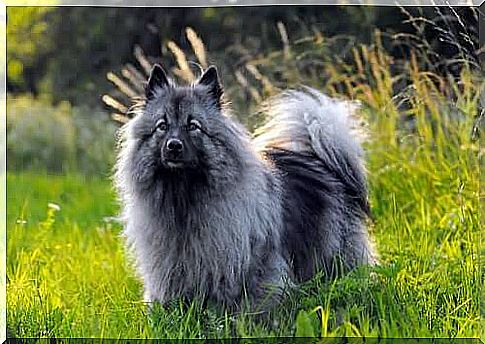
He comes from the north of the Netherlands, but became ‘famous’ in Germany during the 18th century. It was given the name it is known by today during the French Revolution and has always been known as a great companion dog.
3. Pomeranians
This is perhaps the most famous of the Spitz dogs. Due to its size, it is one of the toy dogs. The ancestors of the Pomeranian come from Lapland and Iceland and came to Poland as sled dogs.
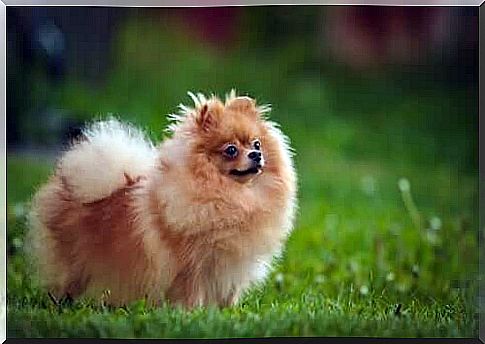
It stands out for its triangular head, its striking resemblance to the fox, the small, triangular ears and the tail that rolls over the back. This dog also has a double layer of fur, which is quite a problem for him in the summer heat. It is a fairly active dog that can get used to both city and country life.
4. Japanese Spitz
This dog, originally from Japan, is very similar to the Russian Samoyed. This is mainly due to its completely white fur, its curled up tail and its pointed ears.
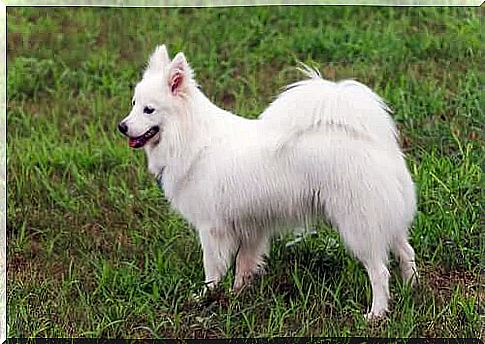
The Japanese Spitz is highly intelligent, loyal and very attentive to their caregivers, which is why they are excellent pets. He adapts easily to the family and gets along well with other dogs if you socialize him from a young age. He doesn’t need much exercise, but loves to run, which is why he is particularly suitable for agility training.
5. Finnish Spitz
This is one of the less fluffy tips, but it too has various characteristics typical of the group (the tail curls upwards, the muzzle is long and the ears are triangular). It is available in light brown and reddish shades.
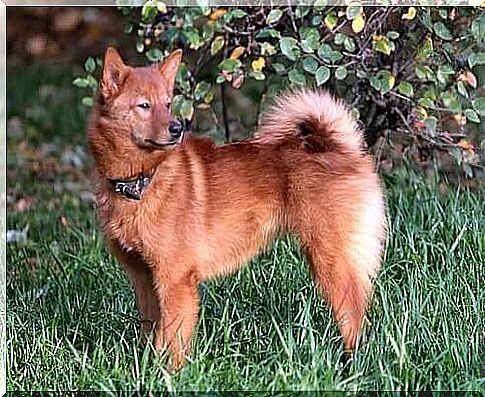
The Finnish Spitz was bred to catch rodents and squirrels. Even today it is still used in hunting. He’s a little stubborn, curious, and playful. He can be aggressive towards other dogs and he needs a long walk every day.
Other Spitz species are the German Mittelspitz, the German Kleinspitz, the Italian Volpino, the Eurasier, the Hokkaido, the Norwegian Lundehund and the Elkhound.
